How ESG is measured in valuations and how enhanced green technology helps companies with purpose
By Hannah JeongCompanies without a purpose are no longer sustainable. As so many young people today aspire to live in a better world, the domino effect of their choices to be environmentally and socially conscious reaches all companies.
Transparency is critical to companies winning hearts and minds and business. As companies make tough choices around their ESG goals, they will be looking at their supply chains and those companies’ ESG scores to enhance their savings.
Determining a company's purpose begins with identifying a problem that needs to be solved. The United Nations Sustainable Development Goals (UN SDGs) provide a good starting framework, comprising 17 interrelated goals with broad scope for interpretation.
Take UN SDG number five – Gender Equality; a company goal could be to improve its gender ratio through more equitable hiring practices and ensuring women are represented and supported in the workplace.
To be successful, the company must communicate its goal clearly to staff to bring them on board. Aligning with the stated purpose will allow the company to harness potential focus and goodwill to accelerate its success.
The technology gap
Once staff are engaged in a company’s mission to reduce its carbon footprint, the right tools are required to measure its efforts.
For example, a company might currently record how much it spends on fuel as a matter of accounting but cannot relate this figure to environmental impact and the progress of its ESG goals.
It must know how much fuel it uses to pinpoint its carbon footprint.
This gap in our ability to measure carbon emissions must be bridged with better technology and AI (Artificial Intelligence).
With the rise of the Northern Metropolis and its technopole, we can look forward to more accessible and more accurate means to do this.
How the cost of climate risk is measured
The recent ULI Hong Kong Conference focused on 2023 being a pivotal year for the city’s future as an international finance centre and how the real estate community can impact Hong Kong’s resilience and drive sustainability.
Resilience and sustainability are pivotal to investors’ decisions to buy an asset. They have become increasingly important as we feel the effects of climate change. Even though investors might only hold a property for a short period, when they divest it, they cannot expect buyers to take care of climate-proofing without a substantial discount on the price. This caution illustrates ESG's importance, as this score directly affects an asset’s value.
Sustainability is being considered in real estate valuation already. But, while it is essential, it is not yet a critical factor that impacts value. Property valuations give the seller’s profile, and external market matters more weight. Green building certification indicates that the owner has future-proofed the building, investing in hardware and software to increase its attraction to tenants.
Climate risks are priced into the real estate market using the Climate Value-at-Risk model. This fully quantitative calculation provides a forward-looking, return-based assessment to measure an investment portfolio’s climate-related risk. The model combines physical climate and transition risk (hazard x exposure x vulnerability).
Investors focus on future-proofing to manage risk and should price in the estimated CapEx to do that. While the “green premium” – the extra paid for future-proofed assets – has not moved the needle in terms of investment, the “brown discount” can drop an asset’s value by as much as 10% in Asia.
Brown discounts are not shown imminently but indicate the greater risk of value decline, stagnant rents, and being labelled as a stranded asset.
On the other hand, lenders will quantify the future exposure of all assets in their loan book to support regulatory reporting.
Data gaps and how they are mitigated
There are several data gaps in current valuations. Platform providers vary on which events are climate risks, making it challenging to extrapolate Climate Value-at-Risk (VaR) from the year 2100 to more imminent implications. Valuers can mitigate this by using the appropriate assessment tools according to purpose, for example, using Climate VaR for investors, but doing a deep-dive technical analysis will be more informative to a General Partner that will redevelop a site.
Climate risk does not significantly impact the property in the near future, so it is being deferred to the subsequent buyers. To prevent this, we need thresholds for risk levels and standardised future-proofing action plans based on each risk level.
Deciding which climate scenarios to use for a valuation is challenging. For investor relations purposes, the analysis can be narrowed down to three climate scenarios spanning best to worse case, but additional scenarios need to be considered when the property undergoes re-development.


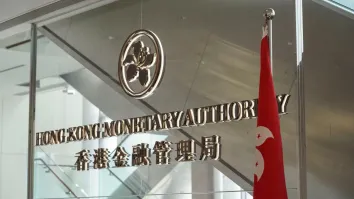


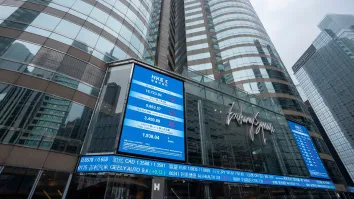








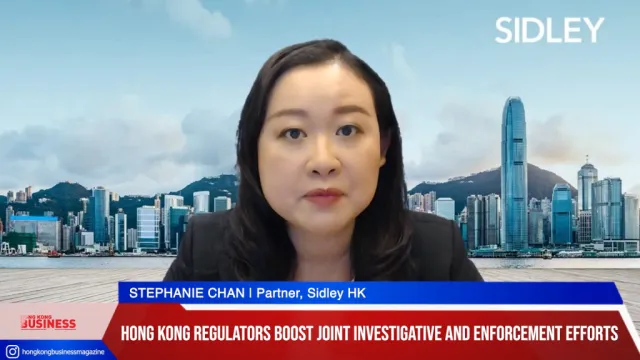
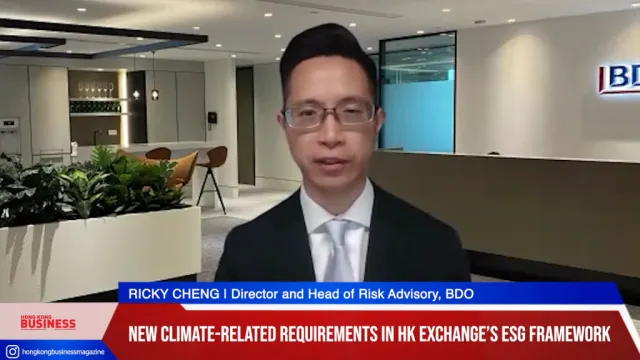
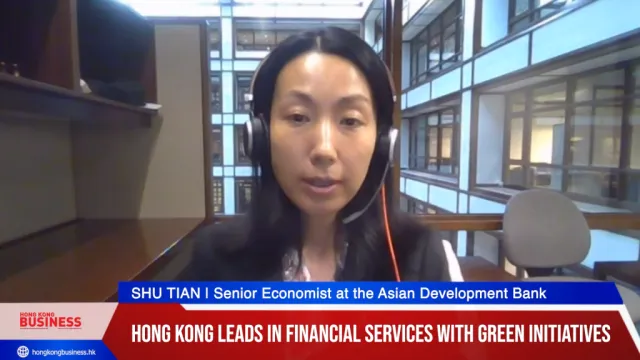
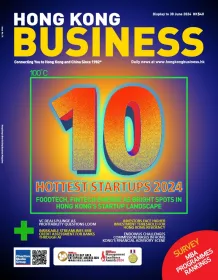
 Advertise
Advertise






